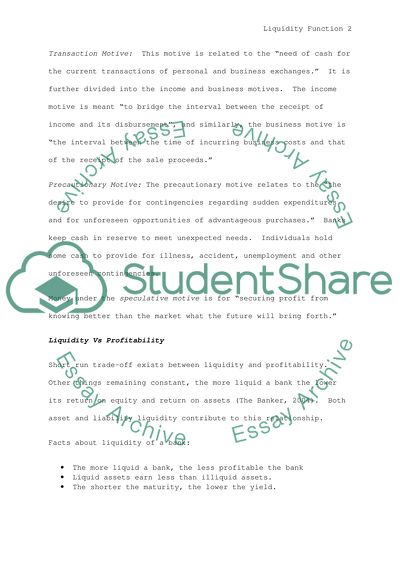Cite this document
(Liquidity Function of Deposits, Stocks, Bonds, and Debentures Term Paper, n.d.)
Liquidity Function of Deposits, Stocks, Bonds, and Debentures Term Paper. Retrieved from https://studentshare.org/finance-accounting/1531261-liquidity-function
Liquidity Function of Deposits, Stocks, Bonds, and Debentures Term Paper. Retrieved from https://studentshare.org/finance-accounting/1531261-liquidity-function
(Liquidity Function of Deposits, Stocks, Bonds, and Debentures Term Paper)
Liquidity Function of Deposits, Stocks, Bonds, and Debentures Term Paper. https://studentshare.org/finance-accounting/1531261-liquidity-function.
Liquidity Function of Deposits, Stocks, Bonds, and Debentures Term Paper. https://studentshare.org/finance-accounting/1531261-liquidity-function.
“Liquidity Function of Deposits, Stocks, Bonds, and Debentures Term Paper”, n.d. https://studentshare.org/finance-accounting/1531261-liquidity-function.


